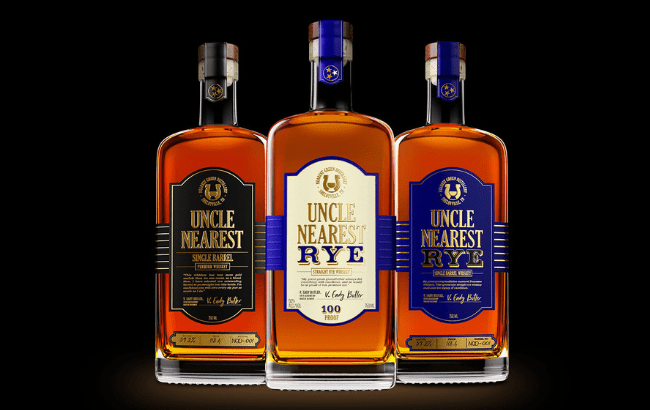Pursuit United Rye Review
Kenny Coleman and Ryan Cecil, the creators of the Bourbon Pursuit podcast, founded Pursuit Spirits in 2018. They initially produced select sourced single barrels under the Pursuit Series label, but now focus on their own brand of blended whiskeys, Pursuit United. They released their first whiskey, a bourbon, back in early 2021, followed by their rye, later that year. The Pursuit United Rye that I am reviewing today is their second rye release, designated by Batch 7CC on the label. So how is it? Check out our full review to find out!
The post Pursuit United Rye Review appeared first on Bourbon Obsessed℠ .

